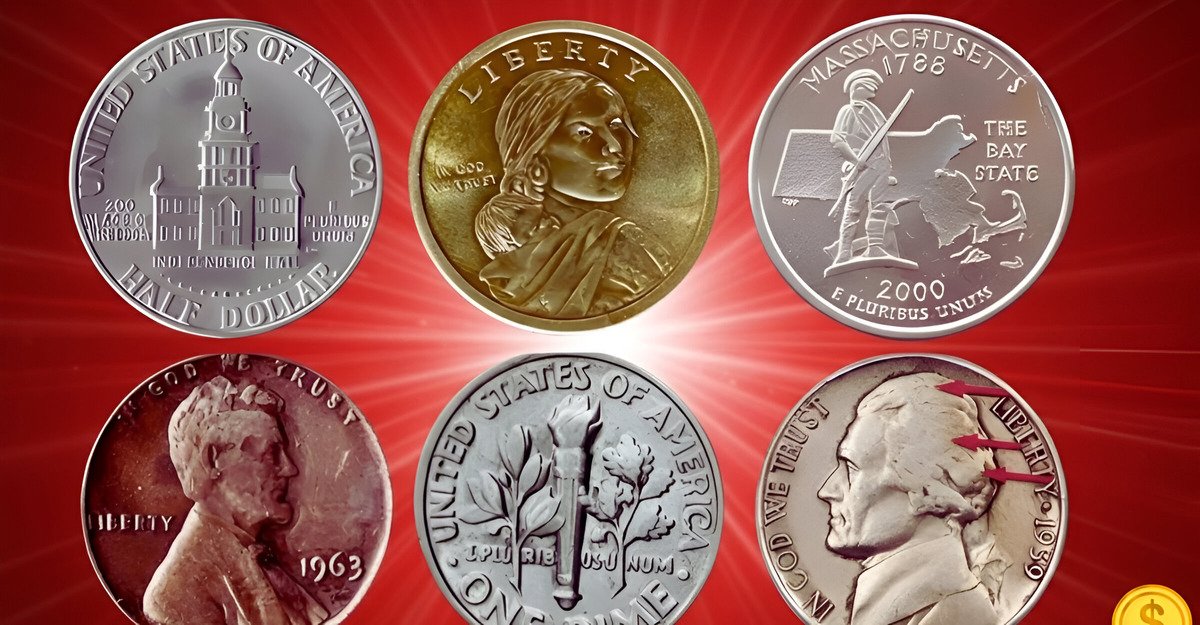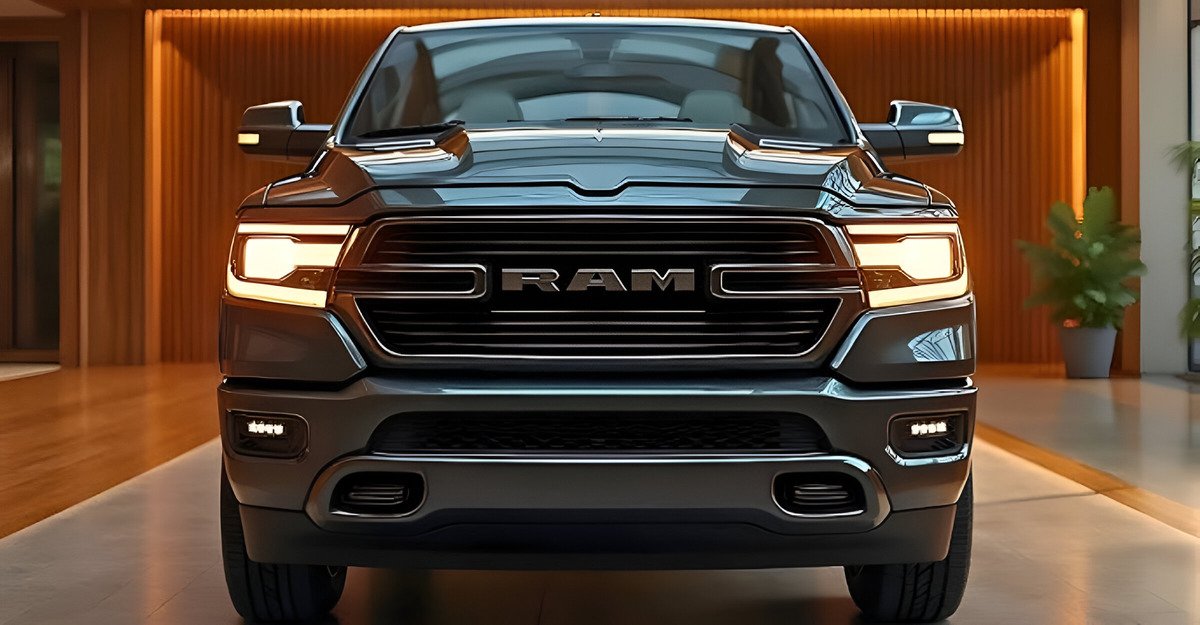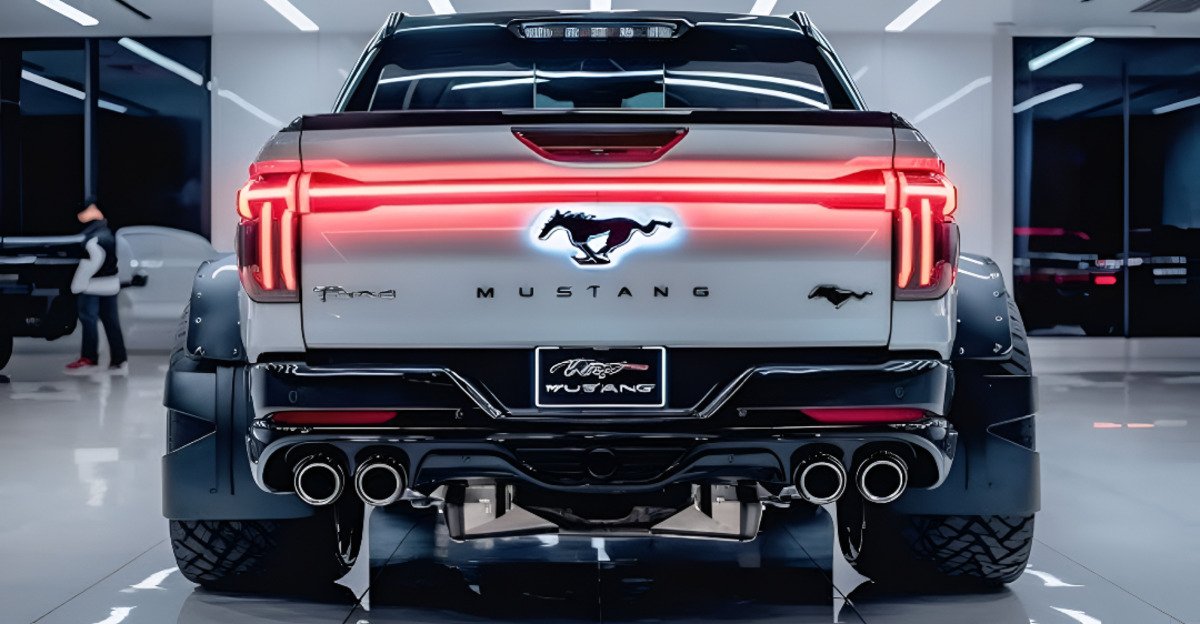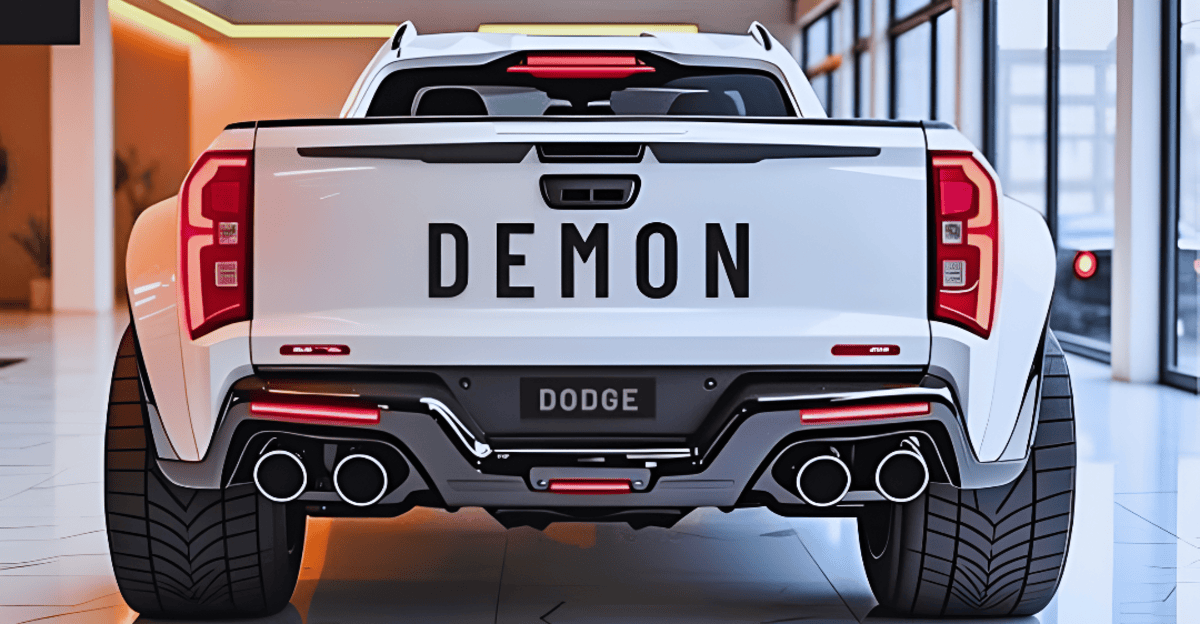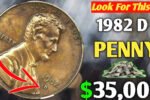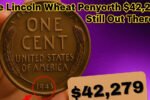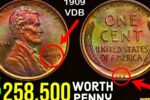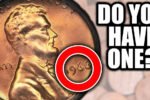Hey, have you ever dug through your pocket change and wondered if that old penny might be worth something? Coin collecting isn’t just for history buffs in dusty basements—it’s a fun way to turn spare coins into real cash. In the U.S., millions of coins float around every day, but a handful stand out because of mistakes, low numbers made, or cool stories behind them. Collectors go nuts for these rare finds, paying top dollar at auctions. Today, we’re looking at six of the best ones still popping up in circulation. Who knows? You might spot one next time you’re at the bank.
1969-S Doubled Die Lincoln Cent
This little penny caused a big stir back in the day. Minted in San Francisco, it has a funky error where the front design—Lincoln’s face, the date, and words like “LIBERTY”—looks doubled, almost like a shadow. The U.S. Mint goofed during production, and only a few thousand slipped out before they caught it. The Secret Service even grabbed early ones, thinking they were fakes!
What makes it hot for collectors? That clear doubling is super rare, and it’s tied to a wild tale of government mix-ups. In good shape, one can fetch up to $35,000. A mom in Texas found hers in a roll of coins back in 2014—talk about luck. Check your 1969 pennies for that extra line on the date; if it’s there, hold onto it.
1955 Doubled Die Obverse Lincoln Cent
Fast-forward a bit, and here’s another penny blunder from Philly. The 1955 version has the whole obverse doubled so badly you can see it without a magnifying glass. The Mint was rushing to meet demand, and the die (the stamp that makes the coin) shifted during setup. About 20,000 to 40,000 got out into the wild.
Collectors love it because it’s one of the first big error coins folks noticed right away. No fancy story, just pure minting magic gone wrong. Values start at $1,000 for worn ones and climb to $7,000 or more for crisp examples. Fun fact: It was even on the FBI’s radar early on, like its younger sibling. If you grab old wheat pennies from estate sales, scan for this beast.
1995 Doubled Die Lincoln Cent
Skipping ahead to the ’90s, this one’s sneakier. The doubling is subtle—just on the “P” in PLURIBUS and the last few letters of AMERICA. Philly Mint again, and only about 100,000 made it out. It’s not as flashy as the older ones, but that’s part of the charm for pros who hunt varieties.
Why do collectors chase it? High-grade versions are tough to find uncirculated, and it shows how even modern coins can have old-school errors. You might snag $200 for a decent one, but gems go for $500 to $1,500. I once heard of a guy who pulled one from a vending machine—everyday treasure right there. Use a loupe to spot the fuzzy letters.
2004-D Wisconsin Extra Leaf Quarter
State quarters were a collector craze in the 2000s, and this Denver-minted one steals the show. The reverse shows a cow, corn, and cheese, but some have an extra leaf—either low or high—stuck on like a secret tattoo. Theories say a Mint worker added it as a joke, but we’ll never know.
It’s prized because it’s recent and easy to check in change jars. Over 400 million Wisconsin quarters exist, but extras are rare—maybe a few thousand. Values hover around $50 to $100 for the high leaf, more for perfect condition. Collectors snap them up for the mystery; it’s like finding Easter eggs in history. Next time you get quarters, flip ’em over and look close.
2005-P Kansas In God We Rust Quarter
Another state quarter gem from Philly, this error turns “TRUST” into RUST thanks to a greasy die wearing down the T. It’s on the obverse with Washington, and only a small batch escaped before fixes. The design celebrates sunflowers and a buffalo, but that rusty motto steals the spotlight.
Folks dig it for the quirky flaw—imagine “In God We Rust” on your money! It’s not ultra-rare, but clean ones are scarce in circulation. Expect $100 to $300 at shows. This one’s a starter for newbies; it’s modern, affordable, and tells a tale of Mint mishaps. Yard sales are goldmines for these.
1943 Bronze Lincoln Cent
World War II changed everything, including coins. Steel pennies were made to save copper for the war effort, but a few bronze planchets (blanks) got mixed in by mistake. Only about 20 copper ones survive from Philly, Denver, and San Francisco.
This wartime oddity is a collector’s dream—history in a penny. The bronze shines different from steel, and stories of how they dodged melting add allure. Prices? Sky-high—up to $100,000 for top ones. One sold big at auction last year. If you find a 1943 that’s not magnetic (test with a fridge), call an expert fast.
